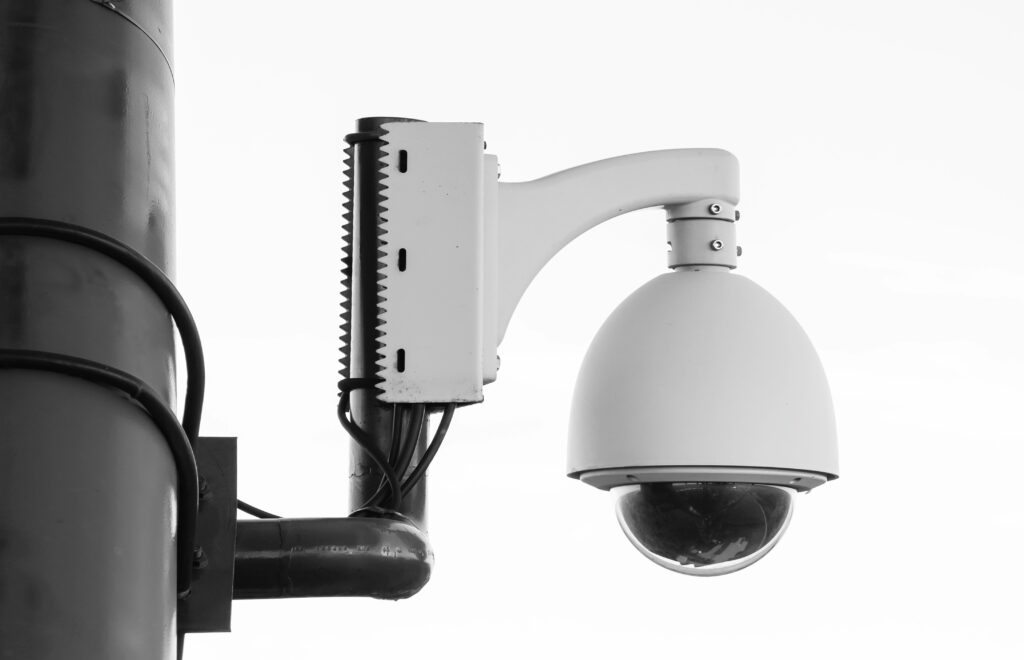Installing access control systems is a vital step in enhancing the security of a building. However, many businesses make avoidable mistakes during the installation process, leading to security vulnerabilities, unnecessary costs, and operational inefficiencies. By understanding and addressing these common issues, organisations can ensure that their access control solutions provide maximum security, efficiency, and peace of mind.
This blog explores some of the common mistakes to avoid when installing door access control systems and best practices to utilise.
Mistake 1: Poor Planning and Lack of Risk Assessment
One of the most significant mistakes businesses make is failing to conduct a thorough security audit before the installation of access control. Without a proper risk assessment, companies may overlook potential issues such as unauthorised access points, weaknesses in security infrastructure, and operational inefficiencies.
Best Practices:
- Conduct a comprehensive risk assessment before selecting an access control system.
- Identify high-risk areas that require advanced security features like smart locks or alarm integration.
- Consider the scalability of the system to accommodate future expansions.
- Develop a clear security strategy that aligns with business needs.
Mistake 2: Choosing the Wrong Technology
Selecting the wrong technology can lead to security risks and increased maintenance costs. Many companies make the mistake of prioritising low upfront costs without considering the long-term implications of the system’s total cost of ownership. Outdated or incompatible hardware can also result in costly replacements and upgrades.
Best Practices:
- Choose a future-proof system that supports modern security measures.
- Consider smart locks and cloud-based access management for enhanced flexibility.
- Evaluate the total cost of ownership rather than just the initial price.
- Ensure the chosen system complies with industry standards for security and data protection.
Mistake 3: Ignoring Integration with Existing Systems
Failure to integrate access control systems with existing IT infrastructure, such as surveillance, HR management, and visitor management systems, can lead to operational inefficiencies and security gaps.
Best Practices:
- Choose a system that seamlessly integrates with current security and management platforms.
- Ensure that access control data can be shared across security monitoring and alarm systems.
- Work with a provider that offers custom solutions tailored to your business needs.
- Regularly update and maintain integrated systems to prevent security threats.
Mistake 4: Overcomplicating the System Architecture
Some businesses implement overly complex access control solutions that create more issues than they solve. Excessive complexity can make management difficult, increase maintenance costs, and reduce efficiency.
Best Practices:
- Implement a streamlined approach that prioritises ease of use and scalability.
- Avoid excessive customisation that may lead to long-term management challenges.
- Ensure that the system’s interface is user-friendly for employees and administrators.
- Work with experienced professionals to design a well-structured security architecture.
Mistake 5: Not Utilising Proper Cable Management Techniques
Cable wiring mistakes can lead to long-term reliability issues and costly repairs. Using low-quality cables or failing to organise wiring properly can result in signal disruptions and potential security vulnerabilities.
Best Practices:
- Use high-quality cables that meet industry standards for data transmission.
- Label and organise all wiring to simplify troubleshooting and future maintenance.
- Plan cable routes carefully to prevent damage and minimize interference.
- Regularly inspect and maintain wiring to prevent potential failures.
Mistake 6: Lack of Testing the System Before Final Deployment
Deploying an access control system without thorough testing can lead to vulnerabilities and system failures. Many companies skip the testing phase, only to encounter issues once the system is fully operational.
Best Practices:
- Conduct a pilot test before full-scale deployment.
- Perform security audits to identify and address potential weaknesses.
- Simulate real-world scenarios to ensure the system functions effectively.
- Regularly review and update security protocols based on test results.
Mistake 7: Insufficient Data Security Measures
Access control systems store sensitive data, including access logs and personal information. Without proper encryption and security protocols, businesses risk data breaches and unauthorised access.
Best Practices:
- Encrypt all access control data to protect against cyber threats.
- Implement secure authentication measures for remote access management.
- Regularly update software and firmware to patch security vulnerabilities.
- Train employees on best practices for maintaining data security.
Mistake 8: Inadequate User Training and Access Management
Even the best access control system is ineffective if employees and administrators do not know how to use it correctly. Lack of training can lead to improper usage, security lapses, and an increase in system-related issues. Additionally, poor access management—such as failing to revoke access for former employees—can create security risks.
Best Practices:
- Provide comprehensive training for all employees and administrators on how to use the system effectively.
- Implement clear access control policies to ensure only authorised personnel have entry to sensitive areas.
- Regularly audit user access permissions and promptly remove access for former employees or unauthorised personnel.
Mistake 9: Neglecting Regular Maintenance and Updates
Many businesses install an access control system but fail to keep up with regular maintenance, software updates, and hardware inspections. Over time, outdated software and neglected hardware can lead to vulnerabilities, system failures, and security breaches.
Best Practices:
- Schedule routine inspections and maintenance to ensure the system remains operational.
- Keep software and firmware updated to protect against emerging security threats.
- Monitor system performance and address any potential issues proactively.
Mistake 10: Failing to Consider Power Backup and Redundancy
Power failures or network disruptions can render access control systems useless if there are no backup power solutions or redundancy measures in place. This can lead to security risks, operational downtime, and potential loss of access control data.
Best Practices:
- Install an uninterruptible power supply (UPS) or backup generators to keep the system running during outages.
- Implement redundancy features, such as dual network connections, to prevent system failures.
- Regularly test backup power sources to ensure they function correctly when needed.
Conclusion
Avoiding these common mistakes ensures that businesses can install and maintain a robust access control system that enhances security, streamlines entry management, and integrates seamlessly with existing infrastructure. By working with a trusted service provider like Kew Solutions, companies can ensure that their access control systems are designed and implemented correctly from the outset.
For professional access control installation services, Contact us, Book a call or visit our Access Control System Installation page to learn more about our solutions and how we can help enhance your security infrastructure.








